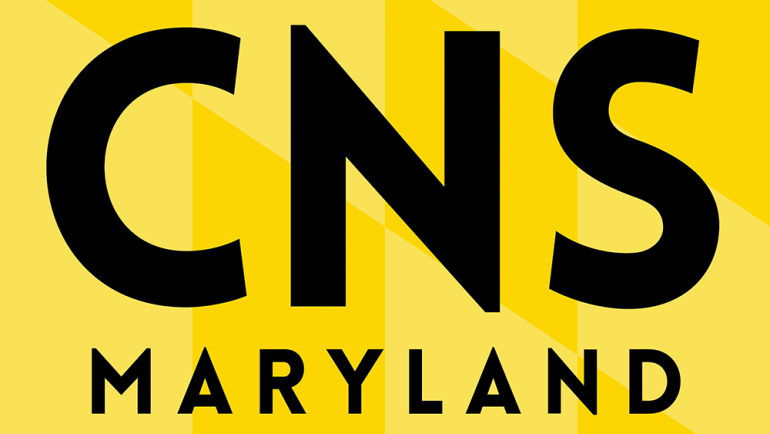ANNAPOLIS – Lt. Gov. Kathleen Kennedy Townsend is the strongest likely Democratic candidate in this fall’s gubernatorial race, but the most prominent possible Republican contender is gaining on her, according to a new poll released Tuesday night.
Townsend leads Baltimore Mayor Martin O’Malley by 22 points, 53 percent to 31 percent with 16 percent undecided in the Gonzales/Arscott Research & Communications Inc. poll. Townsend also posted a 57 percent favorable name recognition to O’Malley’s 42 percent.
In a May Gonzales/Arscott survey, the two were much closer, with Townsend at 47 percent to O’Malley’s 40 percent; 13 percent were undecided. The error rate of that poll was 4.5 points.
No one has announced a candidacy for governor. However, Townsend is expected to run and O’Malley and Republican U.S. Rep. Bob Ehrlich, are often mentioned as her potential challengers.
“This could turn out to be the nonevent of the 21st century if both Ehrlich and O’Malley decide not to run, because there’s no one else who’s going to challenge her seriously,” said Allan J. Lichtman, American University professor of history and Montgomery Gazette columnist.
Carol Arscott, who conducted the survey, said the results of May’s Democratic survey were like “a bucket of cold water” for the lieutenant governor. “The numbers don’t lie,” she said.
She credits this “wake-up call” for Townsend’s improvement in the Democratic gubernatorial part of the new survey.
O’Malley’s support level fell in three areas, including his own city, since the firm’s May survey.
Among voters in Baltimore, the mayor dropped 11 points from 54 percent to 43 percent since May. In the Baltimore suburbs, his 53 percent to 35 percent lead over Townsend narrowed to 42 percent to 39 percent. And O’Malley’s share of the black vote fell from 38 percent to 13 percent. Townsend boosted her support among blacks from 50 percent to 66 percent since the spring.
O’Malley’s name recognition among primary voters improved from 68 percent to 76 percent, but the gain came among those with an unfavorable impression of him.
But Ehrlich, a Timonium Republican, is also on a roll, according to the general election portion of the survey.
“Things could be shifting. It may be more of a race in the general election,” Lichtman said.
In a head-to-head match-up with Townsend, the congressman narrowed the gap to 15 points from 23 in a September Gonzales/Arscott poll. Ehrlich had a 32 percent name recognition rate. Both polls had a 3.5 margin error.
Townsend leads Ehrlich 50 percent to 35 percent with 15 percent undecided. In September, the lieutenant governor led Ehrlich 54 percent to 31 percent with 15 percent undecided.
Townsend slipped in every demographic subgroup except independents, whose support grew from 34 percent to 40 percent.
Ehrlich gained in nearly every category, the poll showed.
“Ehrlich’s share of the white vote grew from 38 percent to 45 percent; his support among women was up to 33 percent from 28 percent; and 16 percent of Democrats gave Ehrlich their vote, up from 11 percent,” according to the survey.
When O’Malley and Ehrlich were paired, O’Malley led 44 percent to 30 percent with 26 percent undecided.
“The lieutenant governor is very appreciative of the strong showing of support, but she doesn’t comment on polls,” said Alan H. Fleischmann, the lieutenant governor’s chief of staff.
O’Malley’s and Ehrlich’s offices did not return calls for comment.
The poll of 833 registered voters likely to vote in this year’s general election was conducted Jan. 9 through Jan. 12 and had a margin of error of 3.5 percentage points. The survey includes an over-sampling of 421 likely September 2002 Democratic primary voters with a margin for error of 5 percentage points. – 30- CNS-1-16-02

